Vocolinc VP3 EU Smart plug (review)
Despite the fact that there are only a few days left until the end of this year, it doesn’t mean you shouldn’t expect a few more emerging devices for the HomeKit system. The best example of this is the latest addition from China-based Vocolinc, in the form of a new smart plug, called the VP3, which has just appeared on sale in Europe via the Amazon platform. This is not the first smart plug from Vocolinc on the European market, however. The company released a model called the PM5 some time ago, that also supports HomeKit, as do all of the company’s products.
In terms of packaging, we can’t say anything, as the device provided to us by Vocolinc as a test product, came without the standard retail box. Still, we’ve seen lots of the company’s packaging over the last twelve months and have no doubts about the quality or the protection it would provide to protect the plug itself.
THE PLUG – BASICS
The technical specifications for Vocolinc VP3 European smart plug.
- Input: AC 230V, 50Hz.
- Output: AC 230V, 10A, 2300W (pure resistive load).
- Wi-Fi 2.4GHz 2400-2483.5MHz
- Item Weight: 141 g
- Package? Dimensions: 8.4 x 7 x 6 cm
- Physical on/off button
- LED indicator
- Protection from output over current, over-temperature, short circuit and overload.
- Works With Amazon Alexa, Google Assistant, Apple HomeKit and the VOCOlinc LinkWise app.
Knowing the previous European Vocolinc smart plug PM5, the first thing we noticed the absence of any USB ports, as well as no night light, although with a much smaller, more compact size. VP3 is available in only one colour – white.
The VP3 uses high-quality plastic, which is actually pleasant to the touch but still also carries over the characteristic circular pattern on the front, which is also found on the PM5. Whilst this is only a plug, and as such doesn’t really need a lot of adornment, you can tell the design was created with great care, which leaves you with the feeling of holding a high-quality product.
With its slightly rounded form, the VP3 seems smaller than it really is, although the size doesn’t differ much at all from most EU smart plugs of this kind. It’s neither the smallest nor the largest compared to others but unfortunately, as with most of the other EU plugs, it also blocks one of the outlets in double European wall sockets.
In addition to the multi-colour led displaying the status of the device, the VP3 also has one button with which we can manually turn the plug on or off, or even use to reset the device when necessary. The VP3 uses the standard Type F plug standard, also known as CEE 7/4 and even sometimes referred to as a Schuko plug. Aside from the switch, there are no other adornments aside from the Vocolinc logo in the company’s distinctive green and grey ‘livery’.
IN HOMEKIT
The process of adding the VP3 to HomeKit is no different to most other devices you may have added previously; The VP3 uses a wifi connection on the 2.4Ghz band, so you have to remember to set the device (iPhone or iPad) you initially use, to the appropriate network when initially pairing the device with HomeKit. When we use this smart plug with the HomeKit system, we simply need to scan the HomeKit code, and after a short time we will be presented with the configuration screen, where we can assign the device to the room/location in our house, as well as set the mode in which it will be used; You can choose from three standard HomeKit options: outlet, light or fan. It’s important to note that each of these options behaves differently when you use your voice to control this smart plug using Siri.
You can use the Home app, but you can also use the company’s own dedicated LinkWise application, which can be freely downloaded from the App Store. Since it is also possible to use this smart plug on the Android platform, there is a downloadable version of the same app available from the Google Play Store.
THE PLUG IN USE
As with many devices using wifi for communication, you can expect a very quick response to commands, and here you will certainly not be disappointed. In my tests over the last couple of months, the VP3 has responded to every command very quickly. As I mentioned earlier, I have been using this smart plug for some time, so I can confirm that VP3 is really quite reliable in everyday use. So far not once has the VP3 lost its connection to the network or HomeKit himself. Additionally, after restarting my network, or when having any other interruption to the local network, the VP3 has always reconnected without fail. You can still find many devices that will regularly fail in this regard, but not with the VP3.
There are a few different options for controlling the VP3; you can use the dedicated button on the plug itself, via the LinkWise app, or via any third-party app that uses the HomeKit system, of course, including the Apple Home app on iOS, iPadOS or even MacOS. You can also control the VP3 with your voice, with Siri.
One of the first things I noticed when using the VP3 is that it has a power monitoring function. This is a very useful add-on if you want to have more information or control over the power consumption of the device connected to this smart plug. Unfortunately, this part is not exposed to Homekit so we can not use it in any of HomeKit automations. Because this is only a software limitation I hope Vocolinc can add that in some future firmware updates.
In the Vocolinc LinkWise app, under the Energy tab, you’ll find some very useful information about power metering. Active power will show live current power consumption, and Cost per kWh will calculate how much electricity consumed by this smart plug. In addition, by clicking on the cost, we can enter our own applicable electricity tariff. You can also find two graphs showing historical data with annual and monthly power consumption. Finally, you can see information about current consumption during the current day. Maybe one day we will see the power metering feature become a standard feature in every smart plug compatible with HomeKit, but for now, it is still not the case.
In the LinkWise app, you can also find an additional function for Schedules, which works independently of HomeKit, which allows the user to program automatic control of the VP3 in terms of turning the plug on and off. Settings are available using the hours and minutes as well as days of the week. On the first page of options in the LinkWise application, you’ll also find a rather unusual but very useful function. This function allows the smart plug to be turned off then back on again by itself, which you might think is nothing special. However, this function is totally activated within the device itself and is independent of any wifi or HomKit connection. This could be of use when, for example, it’s connected to an internet router or HomeKit hub, which you want to restart/reboot. Ordinarily, when using the plug in these two instances, without this function, once you switch the socket off, you’d lose contact with the plug as the router and/or the HomeHub would lose connection once off. Thanks to this VP3 function, it simply restarts the connected device after the time specified by the user, with a timer range of 1 second to 60 seconds.
In the LinkWise app, you’ll also find an icon showing the strength of the connection to the Wifi network, VP3 time synchronisation with an iOS device and a firmware update function. There is one maybe not so small error on this page, in that it displays an image of their US PM1 smart plug, not the VP3, which is a bit of an oversight, although I’m sure they’ll update in due course. The app also has built-in support for Vocolinc’s cloud functionality, which is required if you want to make use of historical data for power metering, in addition to integrating Vocolinc devices with other systems outside HomeKit. The only feature that I personally miss is the ability to export historical data records to a file that could be saved locally or used in various visualisation systems.
As with most HomeKit compatible devices, if you want to control the VP3 remotely, from outside the home using the HomeKit system, you must have an active and internet-connected HomeKit hub in the form of an AppleTV (4 and above), HomePod or suitable iPad.
In addition to the HomeKit system, this smart plug also works with Google Home and Amazon Alexa systems on iOS and Android platforms. In order to use these systems, an account for the Vocolinc cloud service is required. Thanks to Vocolinc cloud, Android users also have remote access to the VP3 from outside the home. I’m happy to report that I didn’t encounter any problems connecting and using the VP3 with either Google Home or Amazon Alexa. The response times are not as fast as in the HomeKit system, but it is not related to VP3 itself but the way in which these systems work.
SUMMING UP
I have the pleasure of using a lot of very well-functioning devices in HomeKit, and this smart plug definitely joined this list. The VP3 is a fairly simple device, but during all the testing period, I haven’t encountered a single problem, and that means a lot when there are still devices in HomeKit with larger or smaller problems. I would not like to designate ‘device reliability’ as a plus point because it should be the basis and standard of every device, so I wouldn’t consider it a bonus that it’s reliable, but it is noteworthy.
A nice, simple look, unobtrusive and easy adaptation to most interiors is definitely one of the advantages, but for me, the biggest advantage is definitely the Power Metering function together with historical data, which are very useful. In general, you have most things in this smart plug that every smart plug should have. One of the things that would be appreciated with future updates or in subsequent models, is a Child Lock function, which would block the physical operation of the button on the housing when required. In addition, a useful feature could be the ability to export historical data to a local file, along with exposing power metering readings to HomeKit for use in automations. For future models, it would not hurt to have a single additional USB port as is the case with the PM5 model which is bigger but has 2 additional USB ports. The big surprise is certainly the very affordable price of the VP3(€26.99 for a single plug, and €45.99 for a 2-pack, as of writing), especially if we need more smart plugs in our homes and this is still the easiest and cheapest way to make life a little easier.
If you think you need more than one smart outlet, check out my review of the Vocolinc VP2 Smart power strip, with four smart outlets.
Full disclosure: Vocolinc provided HomeKit News with the VP3 Smart plug for the purpose of this review. No other compensation was made or requested.


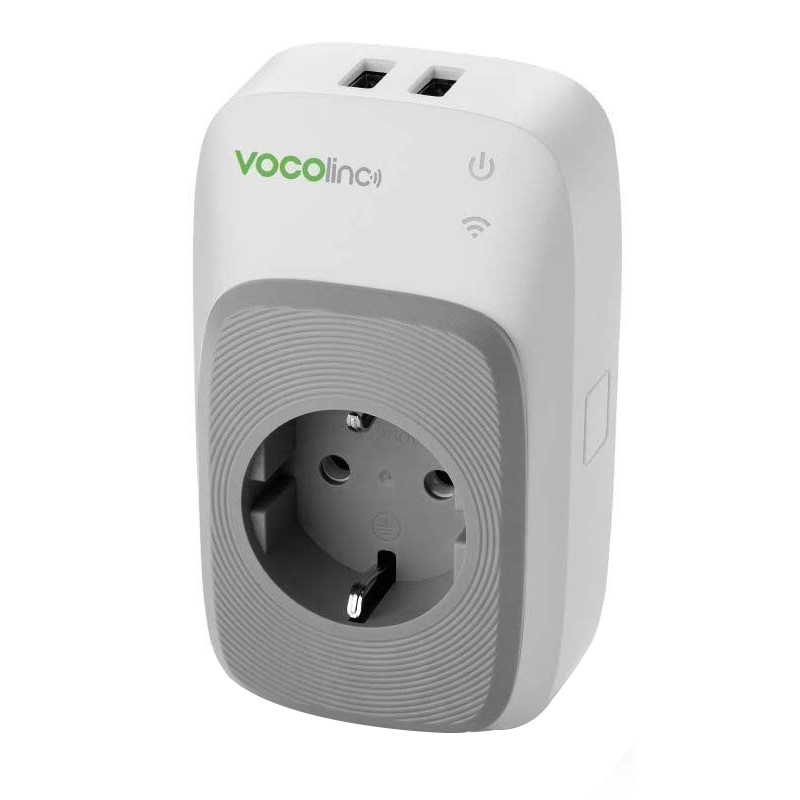
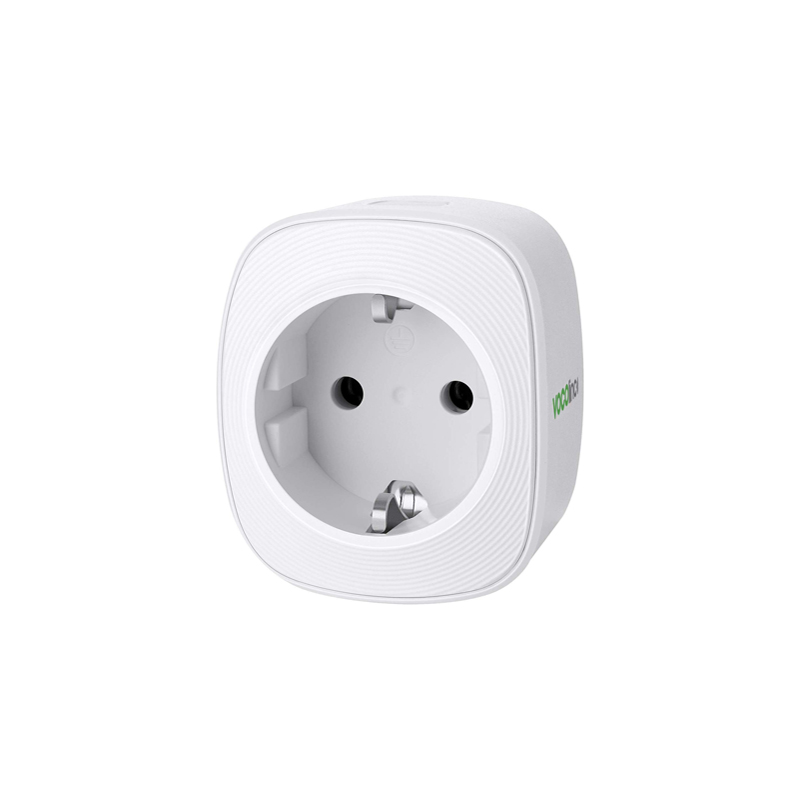
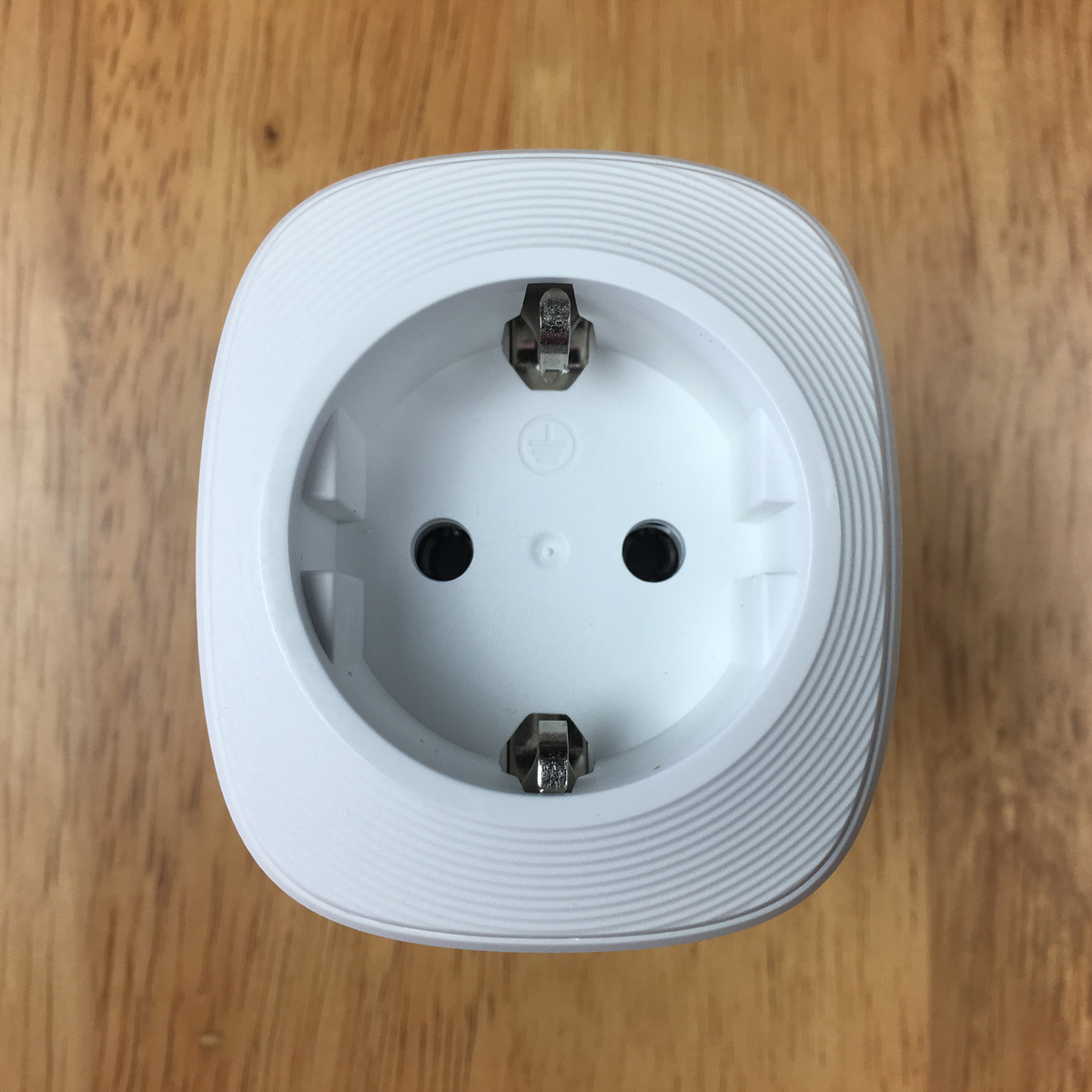
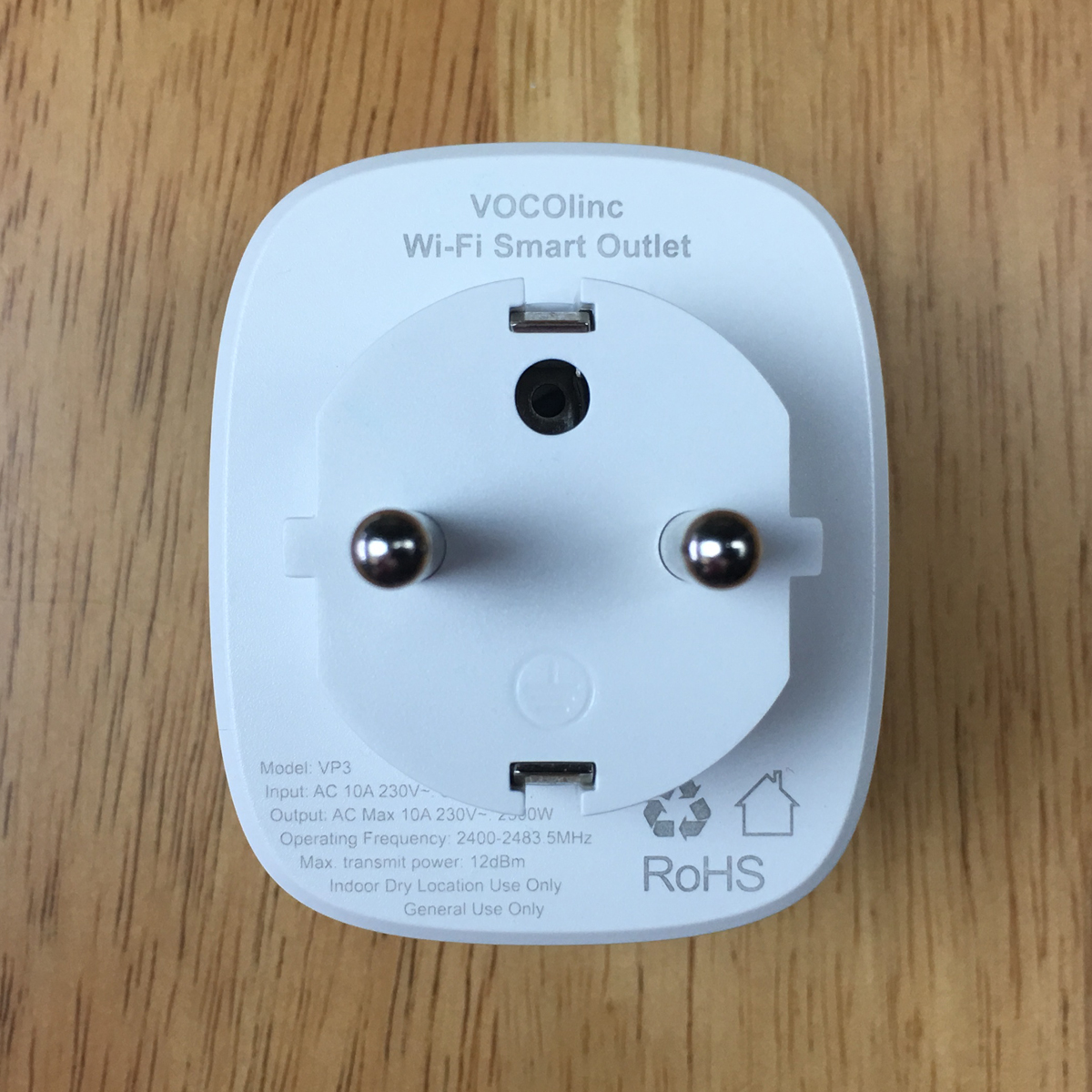
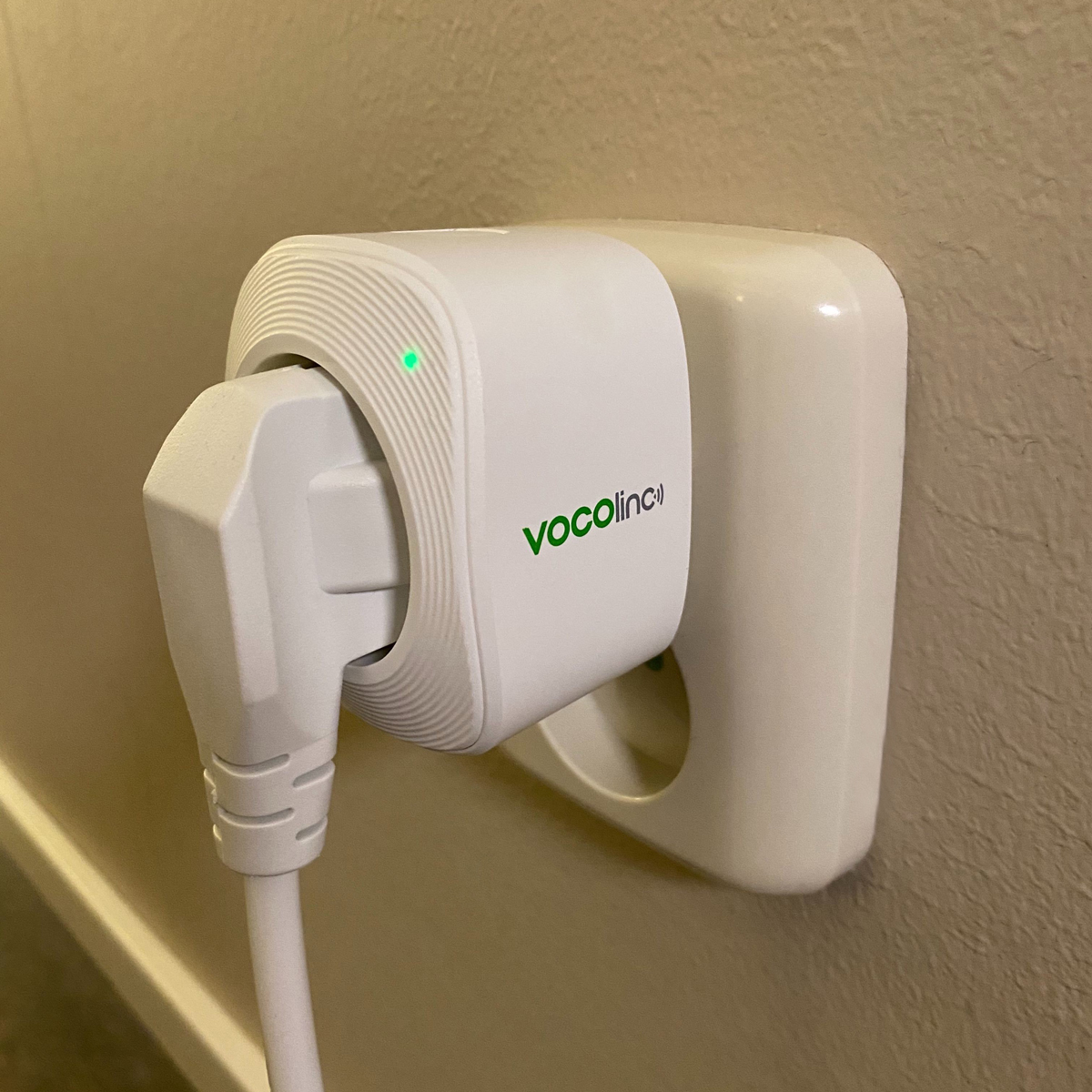
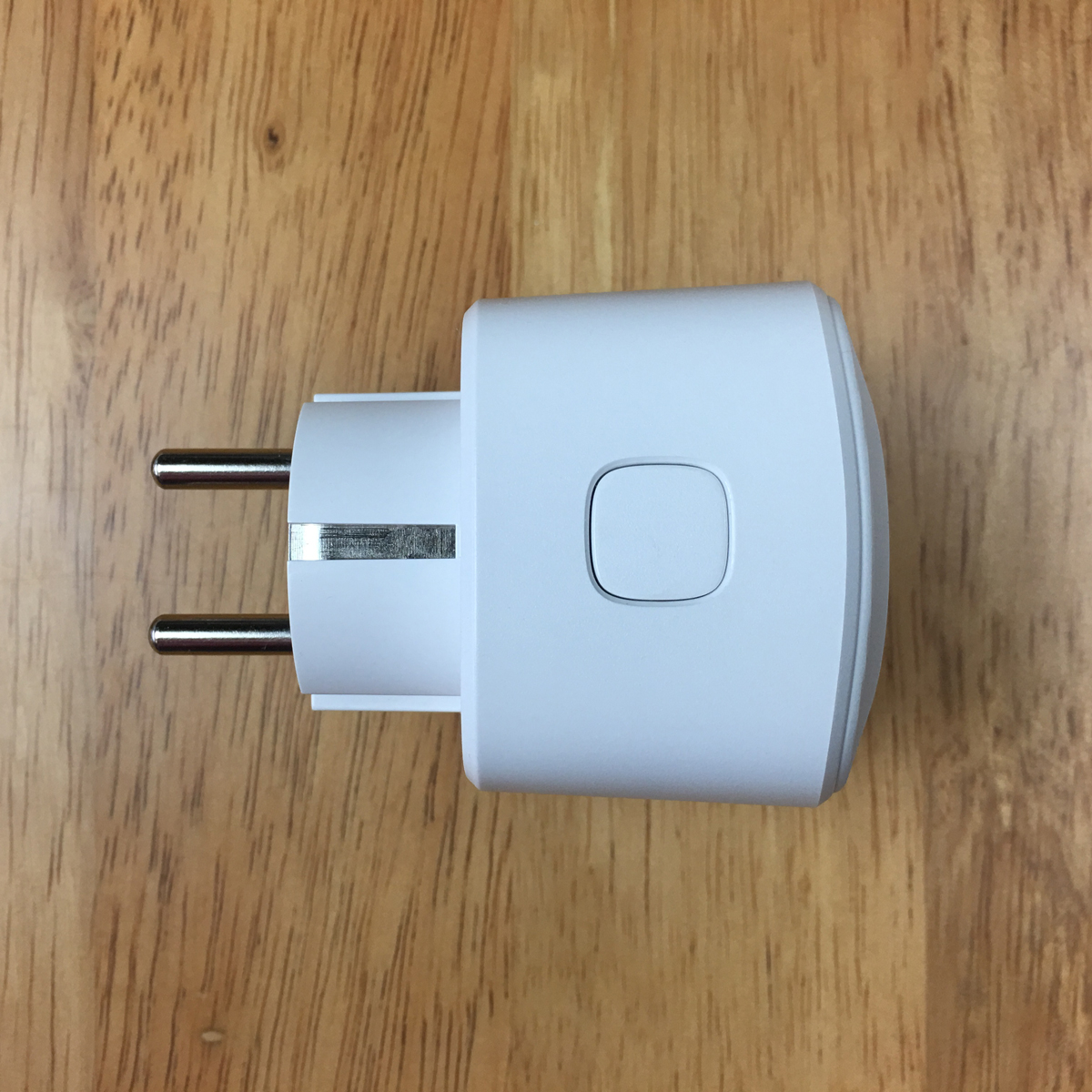
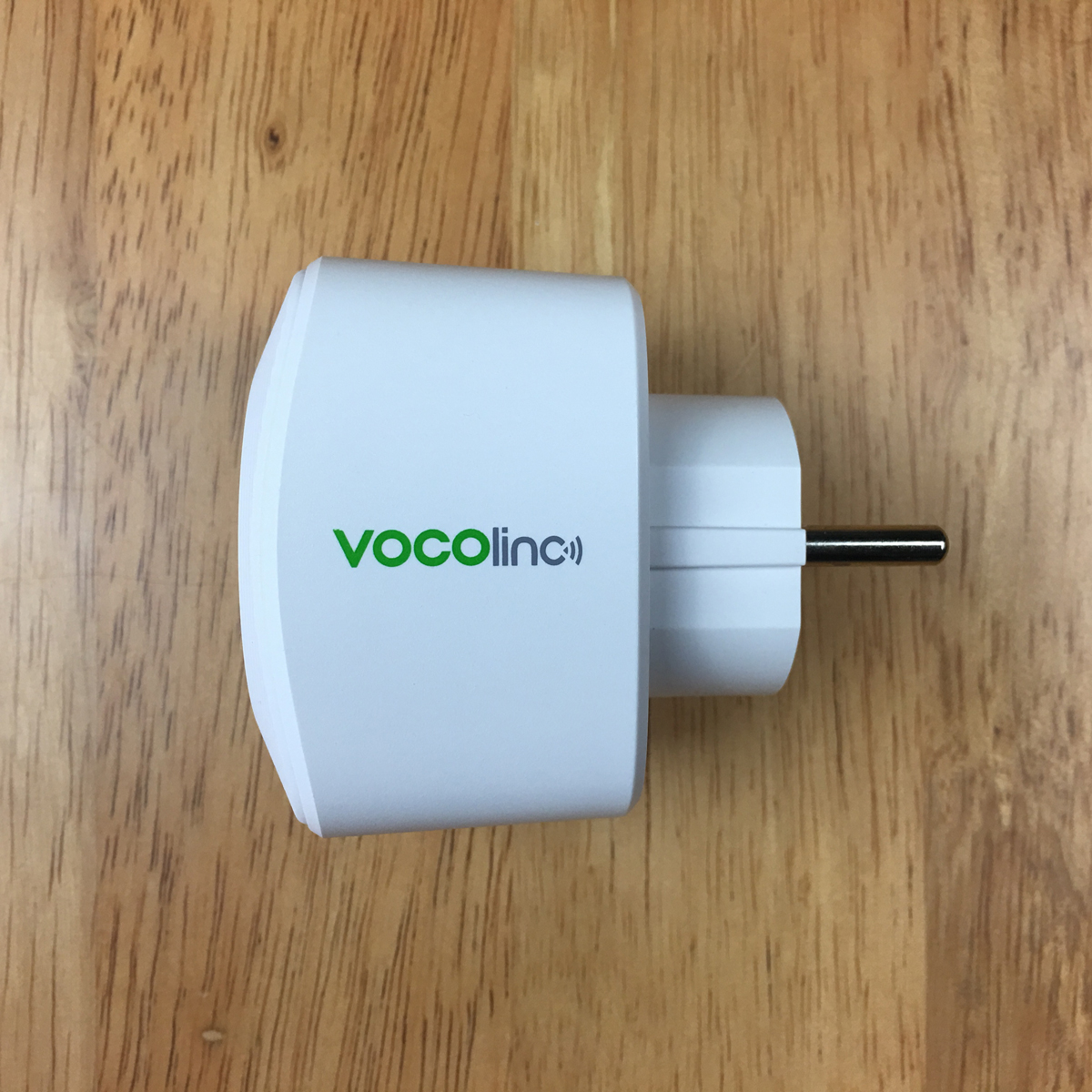

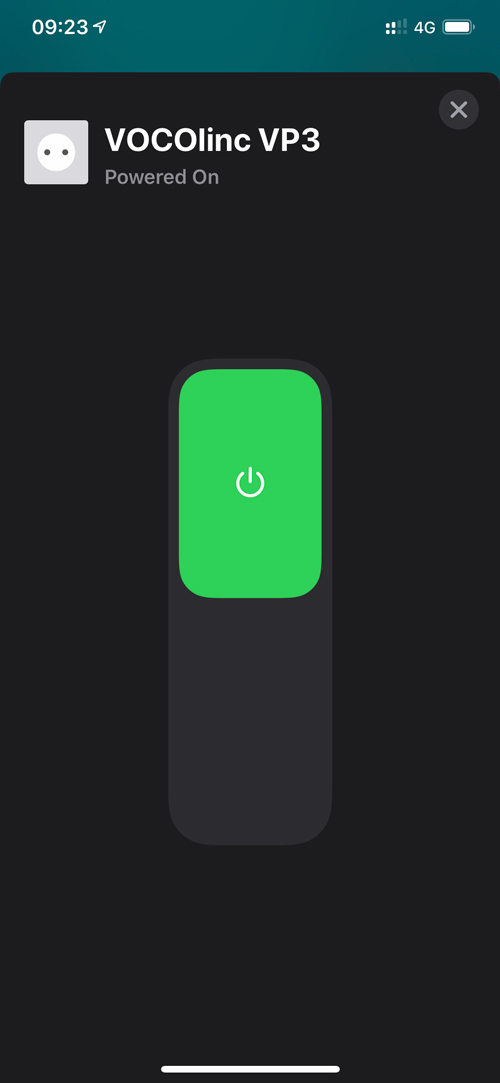
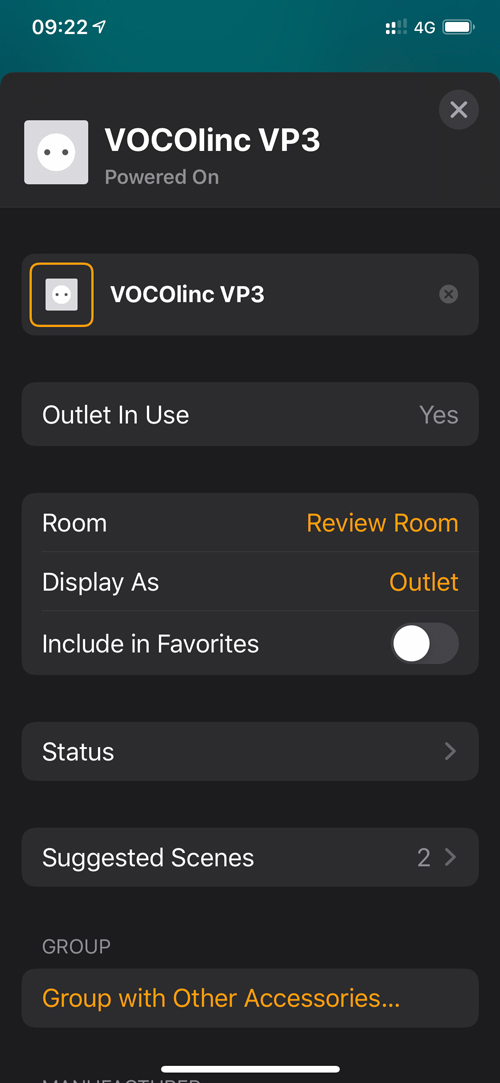
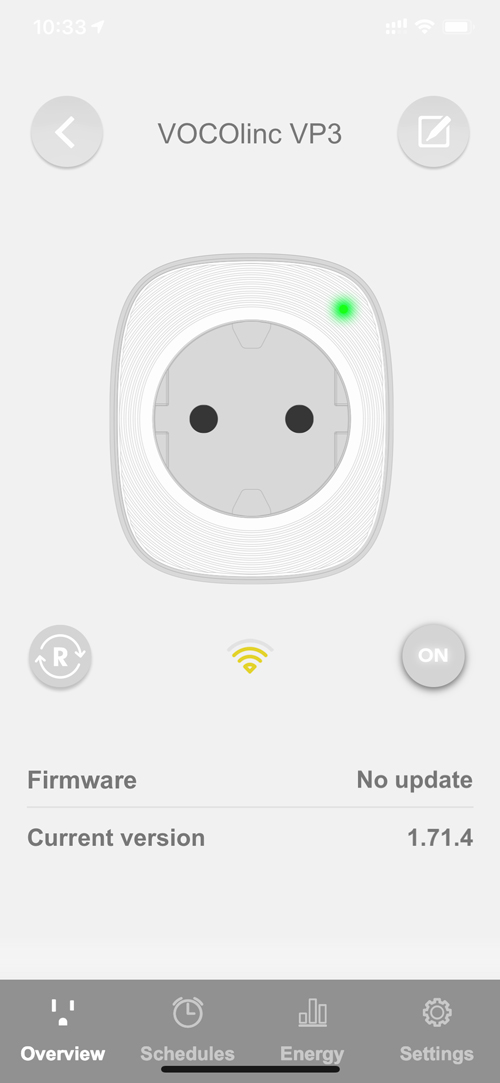
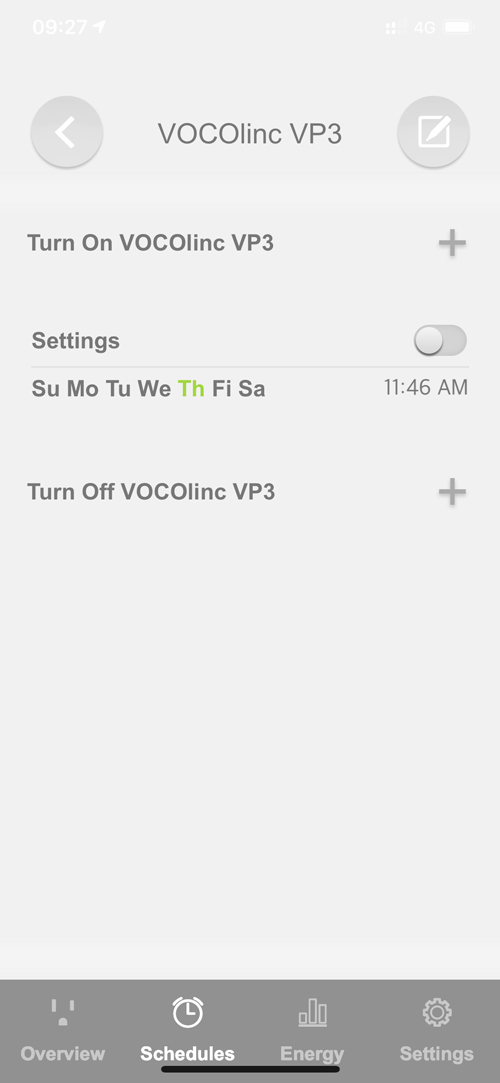
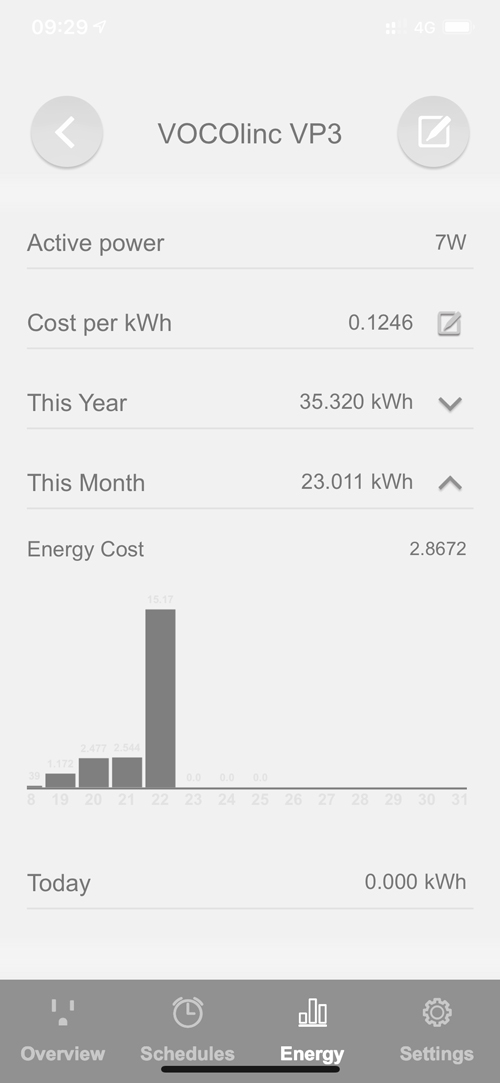
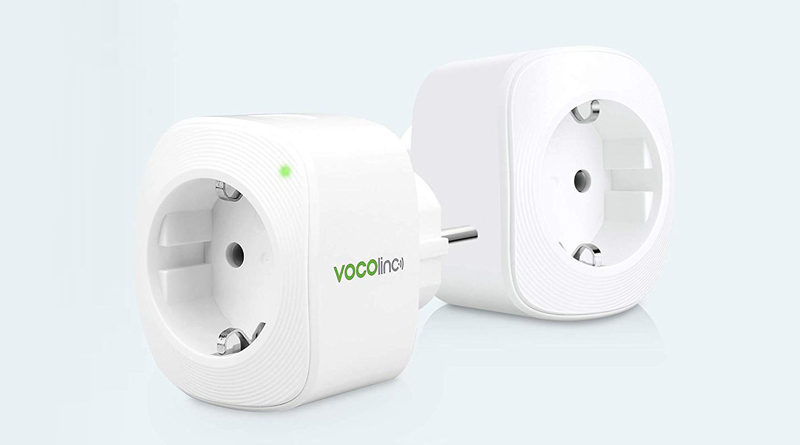
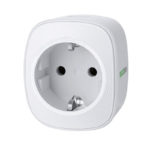
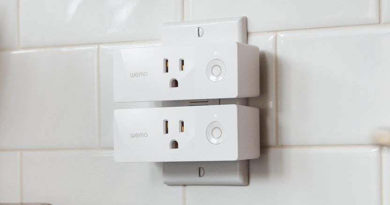

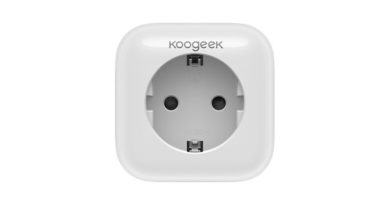
Pingback: Vocolinc VP3 EU Smart plug (review) – NewsChest Technology
Is it possible to use the Vocolinc as a photographic darkroom timer? I want to use the timer app on the Iphone to turn on my enlarger light for say 10 sekonds.
Hi
I don’t think you can control any HomeKit devices from the iPhone’s timer app, at least I’m not aware of any way myself. There may be a way to set up a personal automation via the Siri Shortcuts app, so you can start a 10-second timer that turns the plug on and then off though.